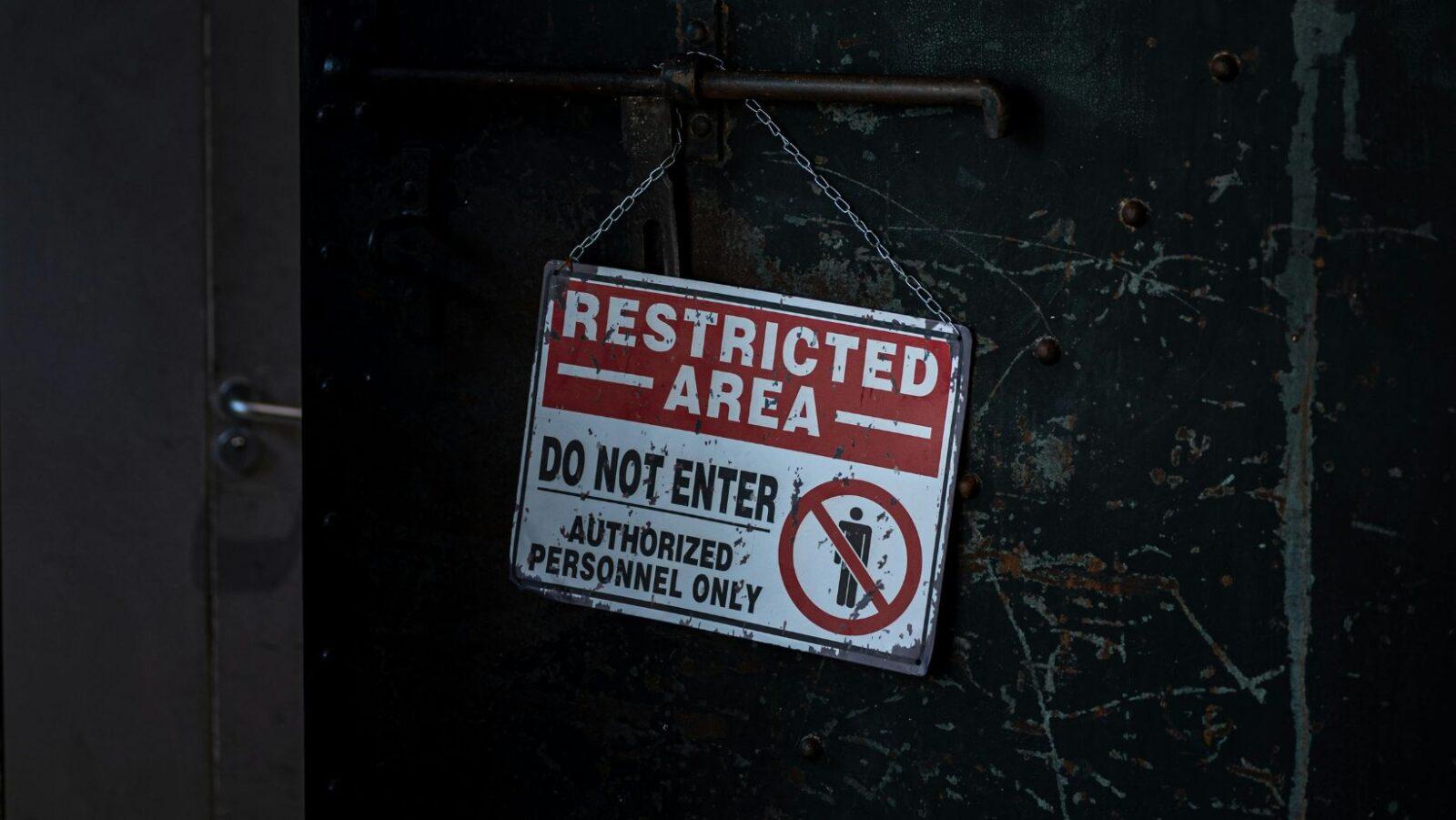Often, scientific discoveries are attained by actively studying a problem at hand, and by going through arduous experiment and research.
But sometimes, luck can be on your side–like these four medical breakthroughs, which were all discoveries made by accident.
Implantable Pacemaker

In 1956, electrical engineer Wilson Greatbatch was developing a monitor for recording heartbeat rhythm.
However, he accidentally put the wrong transistor–a small device used for regulating or switching electronic signals and electrical power–in the equipment. The transistor was 100 times more powerful than what he intended. The result? A machine that mimicked the electrical pulses of the human heart.
Greatbatch marveled at his accidental invention, and spent two years perfecting it. At that time, the existing pacemaker was like a large, clunky TV. Meanwhile, Greatbatch’s prototype was about the size of a hockey puck.
He successfully implanted the new pacemaker into a dog in 1958. In the years that followed, he achieved successful test runs with human patients.
While the device was not without flaws (as battery technology at the time was not as well-developed), Greatbatch’s pacemaker was a milestone in the development of a device that would save innumerable lives.
X-rays

In 1895, German physicist Wilhelm Conrad Röntgen was studying the properties of cathode rays (a focused beam of electrons in a specialized tube).
Röntgen used a cathode tube that was covered in heavy black paper. To his surprise, however, a mysterious glowing light was projected into a nearby screen about a meter away. He put more materials between the cathode rays and the screen, but the screen still glowed.
In reality, Röntgen had accidentally discovered a new form of electromagnetic radiation. He called it “X”, because he had no idea exactly what it was.
Now, however, we know what x-rays can do. Medical professionals, in particular, use X-rays to spot the often “mysterious” problems within a patient’s organ systems and provide an accurate diagnosis.
Penicillin

Leaving a messy workplace is usually a problem. By doing just that, however, Scottish researcher Alexander Fleming revolutionized medicine.
In 1928, Fleming returned from a two-week vacation to discover that mold had grown on some Petri plates with a culture of staphylococcus bacteria.
Interestingly, Fleming found that the mold had prevented the growth of bacteria. This, in essence was the first demonstration of the antibiotic effect.
This discovery led to a more active development of antibiotic medicines to control numerous illnesses and infections.
In light of this amazing accidental find, Fleming said: “One sometimes finds what one is not looking for. When I woke up just after dawn on Sept. 28, 1928, I certainly didn’t plan to revolutionize all medicine by discovering the world’s first antibiotic, or bacteria killer. But I guess that was exactly what I did.”
Warfarin

The cattle fields of 1920s Canada and North America were rife with disease. Cattle began dying suddenly of internal bleeding, the cause of which was unknown.
The cases were most severe in areas with damp climate, where hay had become infected with mold from a clover plant. A chemist, Dr. Karl Paul Link, was able to establish the connection between the mold from the clover plant and its blood-thinning effects.
After years of research, they isolated the compound (which they called warfarin) derived from reactions in plants. Soon enough, warfarin was marketed as an effective rat poison.
But hold your horses, er, cows! The story doesn’t end here. In 1951, a man attempted suicide by overdosing on the warfarin rat poison (he survived). It was this incident that prompted the accidental discovery that warfarin could be successfully used as a treatment for blood clots in humans.
Like Alexander Fleming said, we sometimes find the most incredible things even when we’re not looking. Who knows; perhaps you’ll stumble upon an unexpected and remarkable scientific finding someday.–MF
References
- https://www.businessinsider.com.au/viagra-lsd-pacemakers-accidental-scientific-discoveries-2018-4?r=US&IR=T
- https://www.rd.com/funny-stuff/10-accidental-discoveries-put-to-good-use/
- https://www.medscape.com/slideshow/accidental-discoveries-6008976
- https://today.mims.com/the-man-and-his-accidental-invention/
- http://columbiasurgery.org/news/2015/09/17/history-medicine-dr-roentgen-s-accidental-x-rays
- https://www.healio.com/endocrinology/news/print/endocrine-today/%7B15afd2a1-2084-4ca6-a4e6-7185f5c4cfb0%7D/penicillin-an-accidental-discovery-changed-the-course-of-medicine
- https://www.nature.com/articles/nrcardio.2017.172
Author: Jess Vilvestre
Jess is on her way to getting her license in engineering. On the side of studying, she spends her time writing, cooking, and watching movies and plays. Jess has also been working with an education project that capacitates STEM learners with portable science activity kits.







